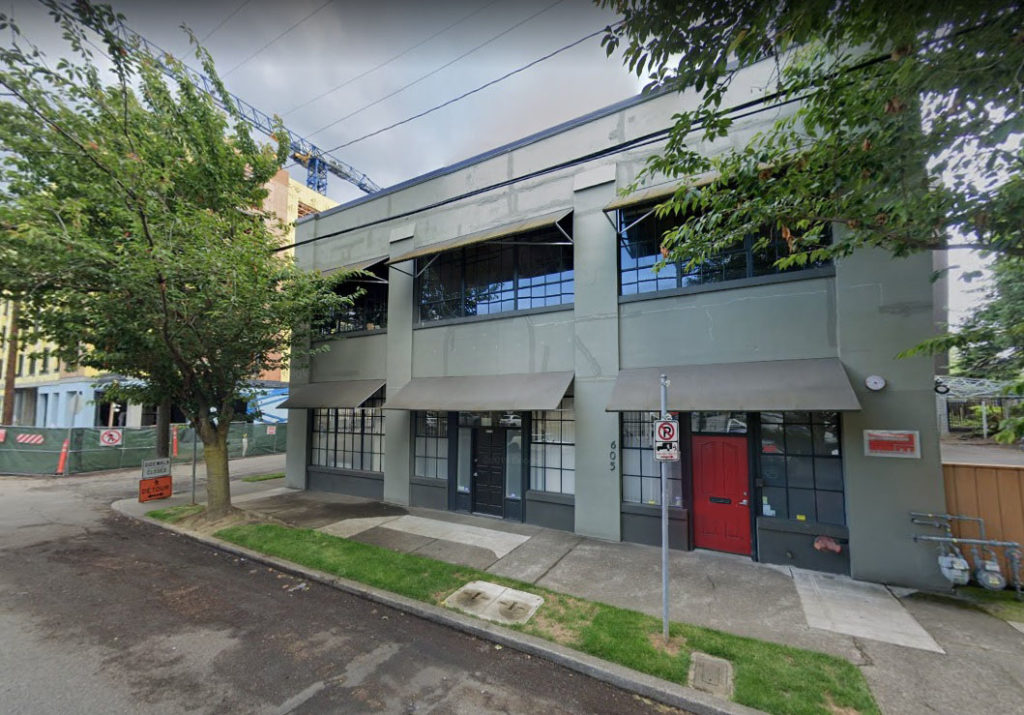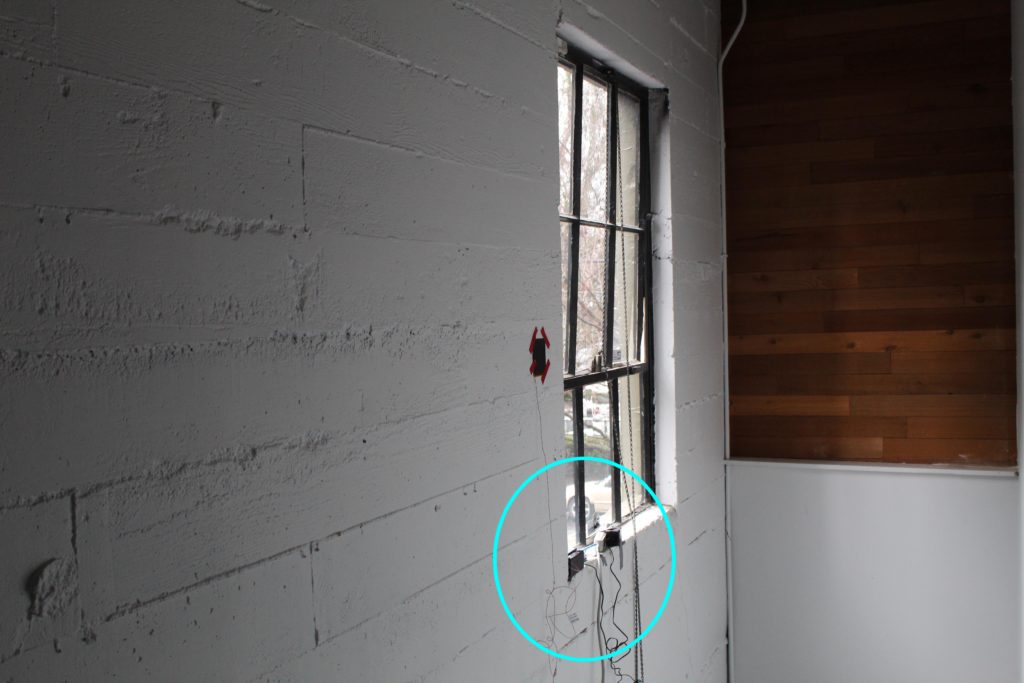
Architects are becoming ever more aware of their impact on the environment. The building sector is estimated to be responsible for 36% of worldwide energy use, and is responsible for 39% of energy-related carbon dioxide emissions.(1) Carbon emissions, embodied carbon, & life cycle assessments are now being studied like never before, and are becoming part of the architect’s daily lexicon. One side of this coin is research into building envelopes, insulation, and thermal resistance of building materials.
While contemporary building materials are produced under standardized, industrial manufacturing processes, and therefore have known thermal profiles; historic buildings are rather unique, with materials of unknown and inhomogeneous thermal characteristics. This presents architects and energy modelers with some uncertainty when making decisions related to insulating historic envelopes. With contradicting claims amongst professionals – some say historic exterior walls are energy hogs, while others purport many historic envelopes performing at or better than previously believed – the question that remains is, how well are historic envelopes resisting lateral heat flow?

R=I/λ OF OLD BUILDINGS
As part of ongoing research, PMA is taking it upon themselves to study and better understand this phenomenon. The set-up in the image above is a Fluxteq R-value Measurement Kit. It is capable of measuring the r-value of building envelopes in-situ. A thermocouple and surface temperature sensor are affixed to the interior face of the historic concrete envelope, and one surface temperature sensor is mounted to the exterior of the envelope, directly opposite the interior sensor. Our testing will conduct both spot R-value measurements and long duration tests, so we can get an understand how the R-value fluctuates throughout the day and in response to external climate conditions.
This research is supported by PMA’s new initiative towards net zero historic buildings and sustainability.
For inquiries related to this research please contact: danc@pmapdx.com
1. https://www.worldgbc.org/sites/default/files/UNEP%20188_GABC_en%20%28web%29.pdf
Written by Daniel Castele, Designer and Conservator.
